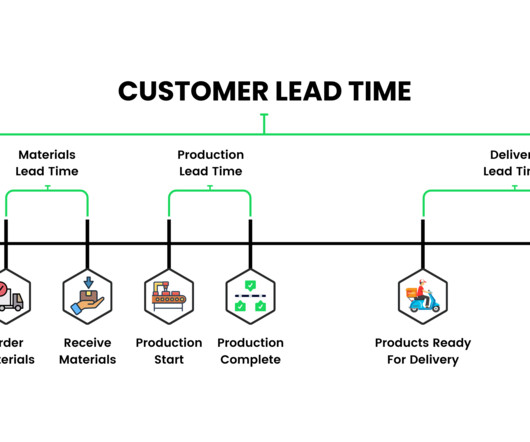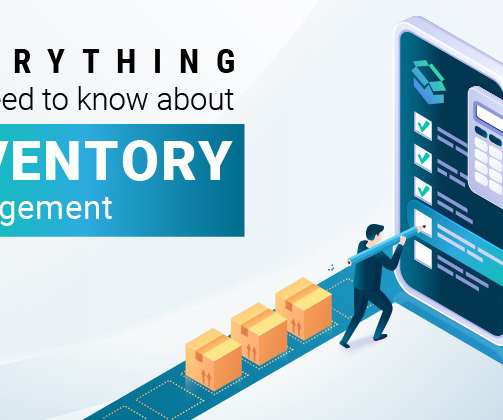7 Reasons Why You Should Reduce Inventory
SCMDOJO
AUGUST 4, 2023
By implementing effective inventory management and inventory reduction strategies, you can optimize your operations, enhance customer satisfaction, and ultimately boost your bottom line. This implementation further lessens the order transmission time without reducing lead time to its final buyers. Gross Margin 40.0 40.0












Let's personalize your content